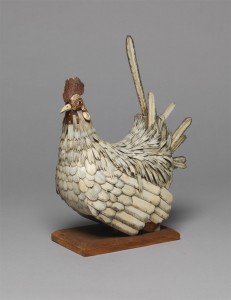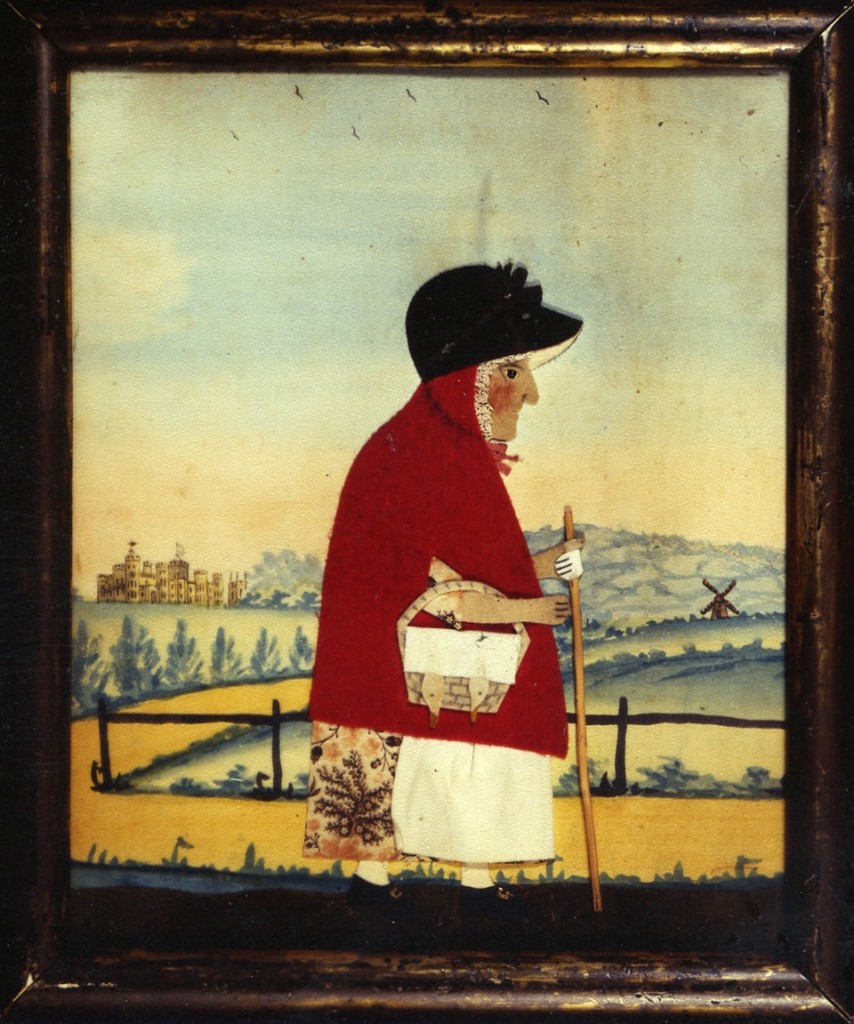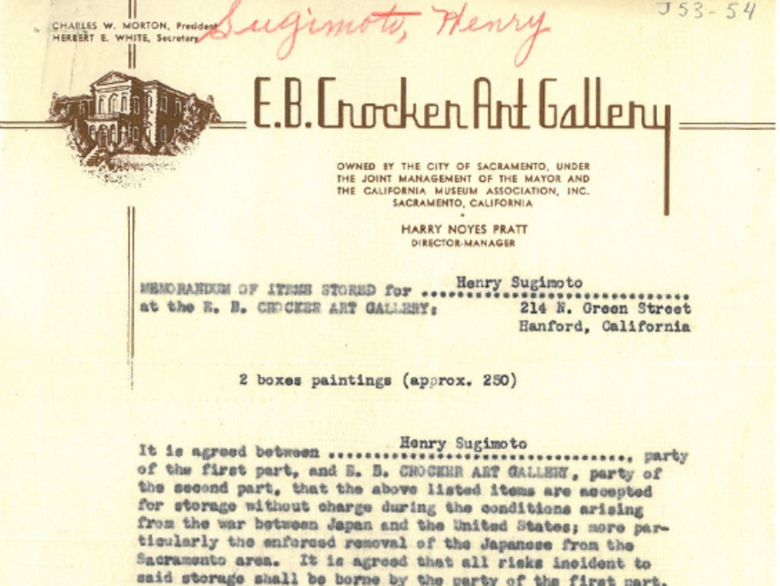In a place like Manhattan, I almost never want to see green space disappear. And that will be one upshot of the Frick Collection’s proposed expansion, which was announced this morning in a press release. To gain 42,000 square feet — which “will house more gallery space, an expanded entrance hall, additional space for the Frick’s world-renowned art reference library, new classrooms, a 220-seat auditorium, expanded administrative space, and updated conservation laboratories, as well as a rooftop garden terrace for museum visitors — the Frick* has to obliterate the gated garden to the right of its entrance on East 70th St. It’s generally not open to the public, but the Frick does use it for entertaining in the warms months.
 I think the Frick does need more space, and I would love to see some of the mansion’s second floor open to the public, which it would be in this plan. Back in 2009, I daydreamed here about the Frick being given the adjacent townhouse, then owned by Aby Rosen, that once was home to the late Salander-O’Reilly Gallery. Well, that didn’t happen.
I think the Frick does need more space, and I would love to see some of the mansion’s second floor open to the public, which it would be in this plan. Back in 2009, I daydreamed here about the Frick being given the adjacent townhouse, then owned by Aby Rosen, that once was home to the late Salander-O’Reilly Gallery. Well, that didn’t happen.
Frick director Ian Wardropper and trustees have hired Davis Brody Bond as the architect, and their plan seems sensitive to history. They have an excellent example two blocks away — when Ralph Lauren wanted to expand his story on East 72nd at Madison, he bought the lot across the street and hired Weddle Gilmore Architects to build it. Christopher Gray, who writes a weekly column on New York City’s architecture called Streetscapes, wrote:
Weddle Gilmore Architects has produced an assured and demure neo-Classic design, French in character. At the time of proposal it was challenged by some preservationists as a fake, but as it stands, it is magnificent.
I agree; it fits the neighborhood well, and the David Brody Bond design looks good too — as does the plan for using the expanded space (detailed in the release, as well as in this article in The New York Times).
So I wish the Frick well in its fundraising and I hope the community board and the landmarks commission approve.
As for the green space, the Frick retains its front yard as is. And Central Park, fortunately, is right across the street.
Photo Credit: Courtesy of Davis Brody Bond
*I consult to a foundation that supports the Frick





